Conversational Commerce: The Next Big Thing for Brands and Retailers

At this year’s Shoptalk, the topic of new channels was one that came up time and again. There were sessions focused on it, as well as conversations at networking events and the expo hall.
Clearly, it’s a topic that’s top of mind for brands and retailers. In fact, 75% of Shoptalk attendees said that new channels was a topic that was interesting or important to them.
And for good reason.
The channels that consumers use to browse and buy products and interact with brands are always shifting. While a brand’s website or mobile app were once the primary way consumers made online purchases, many shoppers are embracing new, interactive digital shopping channels such as live shopping and the metaverse. In addition, a growing number of consumers want to interact with brands via the same channels they use to keep in touch with family and friends.
There’s one channel in particular that’s gaining popularity and positioned to be the next big thing: conversational commerce.
Conversational Commerce, Defined
First things first. What exactly is conversational commerce?
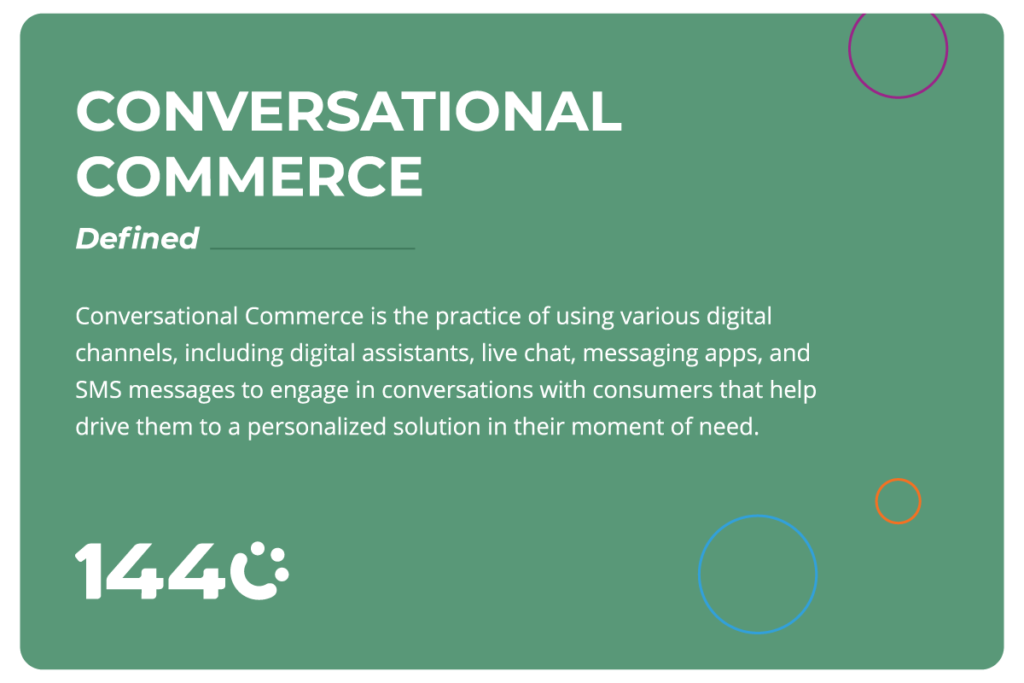
Conversational commerce (also known as c-commerce) is the practice of using various digital channels, including digital assistants, live chat, messaging apps, and SMS messages (among others) to engage in conversations with consumers at their moment of need.
For example, a customer might go online to look up their nearest mattress store – and end up engaging with the brand via Google’s Business Messages.
Or, while browsing for a home energy solution, a shopper might have some unanswered questions. So they click the live chat icon and engage in a conversation with a customer service rep to get their questions answered.
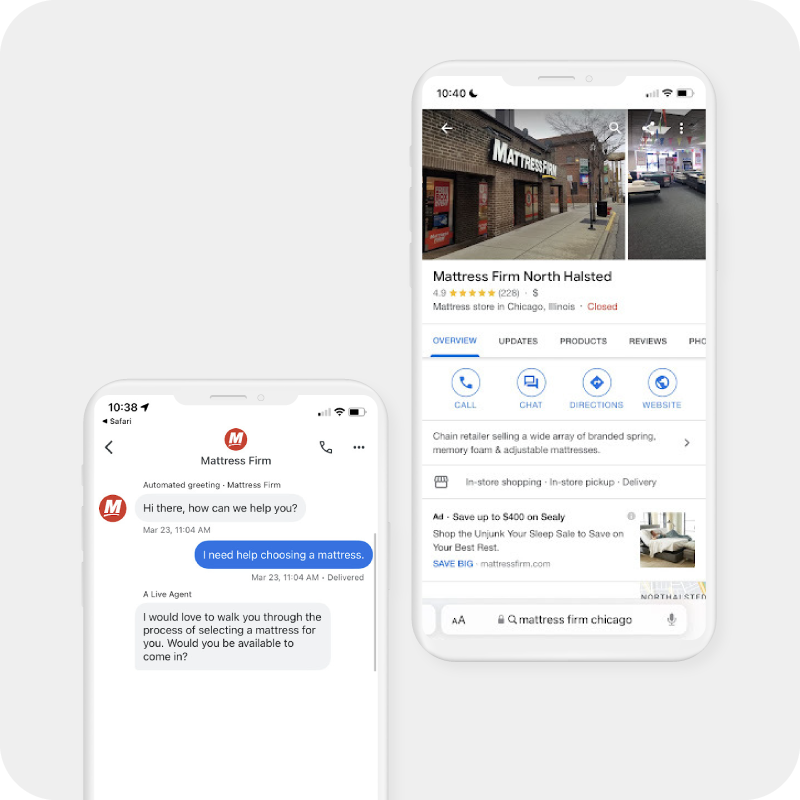
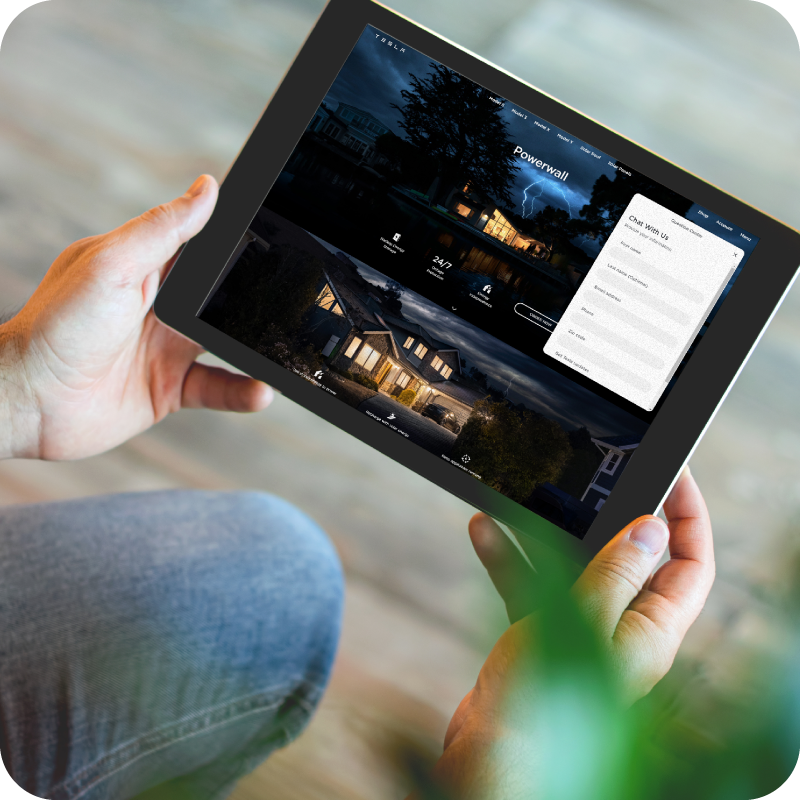
The ultimate goal of conversational commerce is to make a sale. It could be an initial sale for a new customer. Or, it could be a renewal, upsell or cross-sell for an existing customer.
Why is Conversational Commerce the Next Big Thing?
OK – we know what conversational commerce is. But why exactly is it poised to be the “next big thing?” Let’s dig in.
Consumers Have Embraced Messaging Channels
Messaging apps have been popular among mobile users for quite some time. Per Statista, chat and messenger apps are the most popular app category among mobile users worldwide. In fact, nearly 91% of internet users use them.
When the pandemic hit, consumers ramped up their use of chat and messaging apps, in an attempt to keep in touch with loved ones. Message delivery on Instagram and Facebook Messenger increased by 40%.
Consumers Want to Engage with Brands Via Their Preferred Channels
Traditionally, consumers used messaging apps to keep in touch with family and friends. But increasingly, they want to use these channels to interact with brands, too. In fact, our research found that many consumers are currently using or open to using many conversational commerce channels including:
- Text/SMS: 70%
- Live chat or website: 67%
- Facebook Messenger: 53%
- Google’s Business Messages: 50%
- Instagram Messenger: 48%
- WhatsApp Business Messages: 36%
In the recent past, consumers mainly turned to digital conversation channels like live chat and messenger apps to get service. Maybe they needed help tracking a shipment or exchanging a product for a different size. However, a growing number are using these channels to interact with brands and ultimately, make a purchase.
Most conversational commerce channels are encrypted, making it difficult to measure transactions resulting from these channels. However, there’s no denying there’s a whole lot of people using them to interact with brands. Per an article for Response Marketing Association, more than one billion people chat with businesses worldwide (not counting China). And each day, 175 million people send messages to WhatsApp business accounts. What’s more, according to Facebook, over 56% of message app users globally indicate they’ve messaged brands to get more information in all stages of the buyer journey.
Conversations have always been an effective tool for driving sales. Today, brands must be adept at engaging with consumers and delivering great experiences via conversational commerce channels. Those that do will be rewarded with loyal customers. After all, 89% of consumers are more likely to make another purchase after a positive customer experience.
Consumers Expect Personalized Experiences
Personalization is another topic that’s top of mind for brands and retailers. And at Shoptalk, a phrase we heard multiple times was “personalization is the new loyalty.”
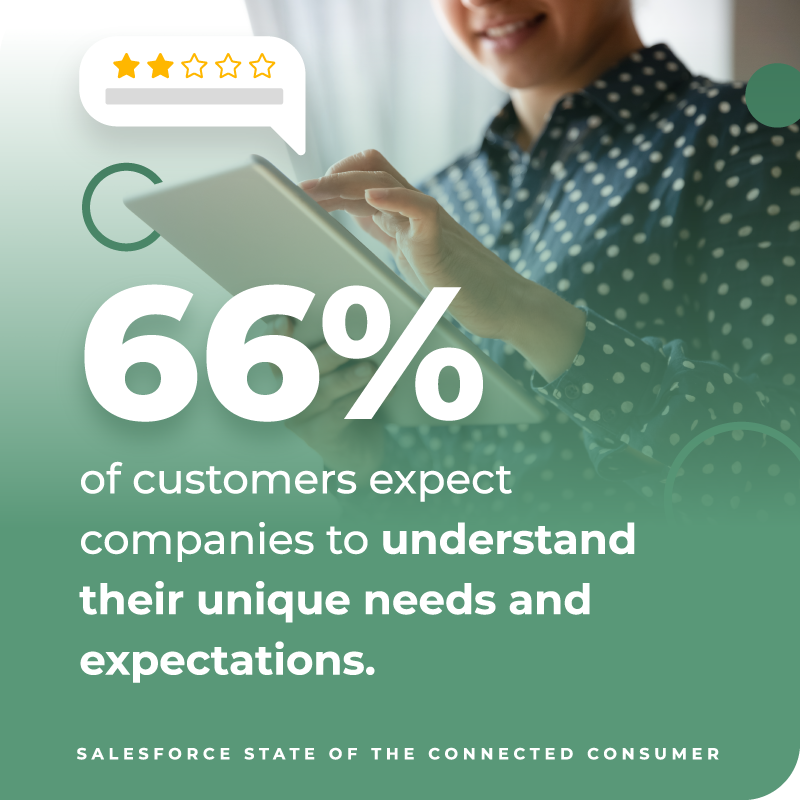
Consumers are no longer satisfied with generic, one-size-fits all experiences. Instead, they want to be treated like individuals with unique needs and preferences throughout the purchase journey. According to data from Salesforce’s State of the Connected Customer report, 66% of customers expect companies to understand their unique needs and expectations. And 52% expect offers from a brand to always be personalized.
Conversational commerce is the ideal channel for delivering the personalized experiences consumers want. By leveraging channels like live chat and messaging apps, customer service agents can build rapport with shoppers, work to understand their needs, and then make personalized recommendations for products and services that’ll meet them.
Brands that are able to deliver these personalized experiences will have a competitive edge. That competitive edge will make it easier to acquire new customers, as well as retain existing ones.
Conversational Commerce is Key to Thriving in a Cookieless World
For years, marketers have been warned about third-party cookie data coming to an end. But in 2023, a “cookieless world” will finally be a reality, as Google joins Apple and Mozilla in dropping support for third-party cookies.
How are brands expected to deliver personalized offers and experiences when this third-party data goes away?
At Shoptalk, we heard a lot about the importance of first-party data – in other words, data that a brand collects directly from a customer. Brands must make it a priority to collect more of this data, but many expect resistance when doing so.
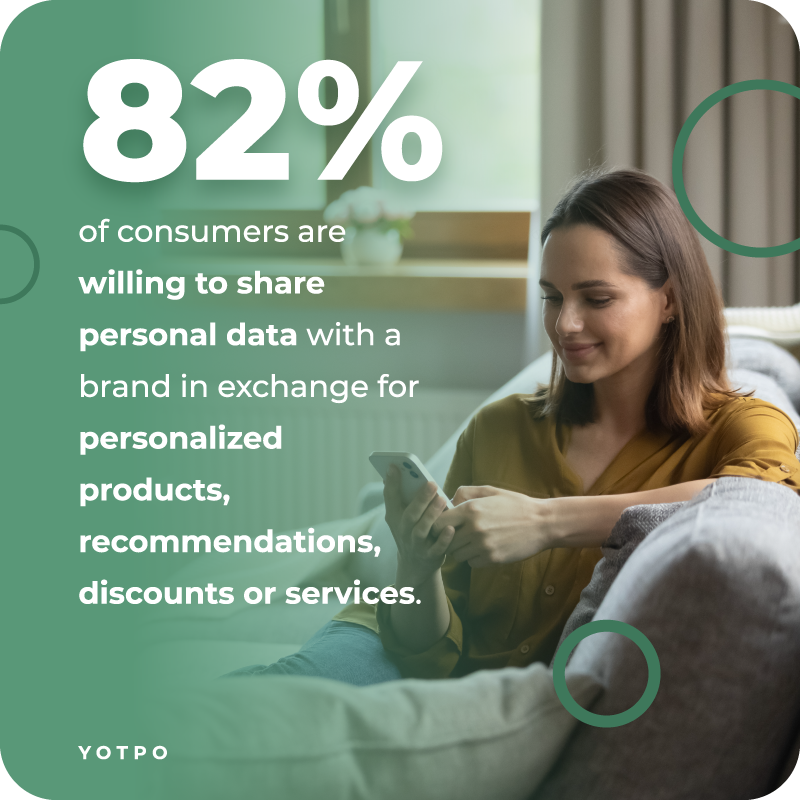
It’s true consumers aren’t willing to hand over their data to just anyone. But, many will do so – if there’s something in it from them. In fact, research from Yotpo found that the majority of consumers (82%) are willing to share personal data with a brand, in exchange for personalized products, recommendations, discounts or services.
Conversational commerce is an important gateway for unlocking more first-party data.
After building rapport with a consumer and delivering a great experience via a conversational commerce channel, a customer service agent can request data from the prospect. This data can be used to deliver more personalized communications and offers, which can move the shopper further down the funnel.
As an example, consider a consumer shopping for a new electric vehicle. While browsing a brand’s website, they leverage live chat to ask some questions. The customer service agent builds rapport with the shopper and is able to answer all of their questions. After the chat, the agent sends a link to a form to collect more data about the shopper. Based on this data, the brand is able to send personalized communications and offers – one of which is a promotion specific to their geographical location. The shopper visits the local showroom and ends up making a purchase.
How to Get Started with Conversational Commerce
Conversational commerce is the next big thing. Brands and retailers that embrace will have the ability to make authentic, personalized connections with customers in their moment of need. By doing so, brands are able to generate more sales and collect first party data to fuel even better experiences.
But getting started with conversational commerce can seem a bit overwhelming – especially when there are so many available channels.
The best approach is to take a crawl-walk-run approach. Start small – perhaps by adopting a few conversational commerce channels. Then, optimize and expand accordingly.
With that in mind, here are a couple things to consider when getting started with conversational commerce.
The Right Conversational Commerce Channels for Your Brand
There are countless conversational commerce channels. Which ones are right for your brand?
The most successful brands leverage a combination of automation (think chatbots or digital assistants) and real-time conversation tools (think live chat and Facebook Messenger).
A great place to start is by setting up an Einstein Bot to answer frequently asked questions or handle simple requests. A bot will also free up your customer service team to address more complex issues.
Then, you’ll need to determine what other conversational commerce channels you’ll support. Some such channels include (but aren’t limited to)
- Google’s Business Messages
- SMS
- Live chat
- Video chat
- Facebook Messenger
- Instagram Messenger
Though it’s tempting to take on several channels right out of the gate, this isn’t the best approach. Instead, consider adding a single channel at a time – and ensure you have a strong plan in place to support it. Then, add on more channels as you go.
Entry Points into Conversational Commerce
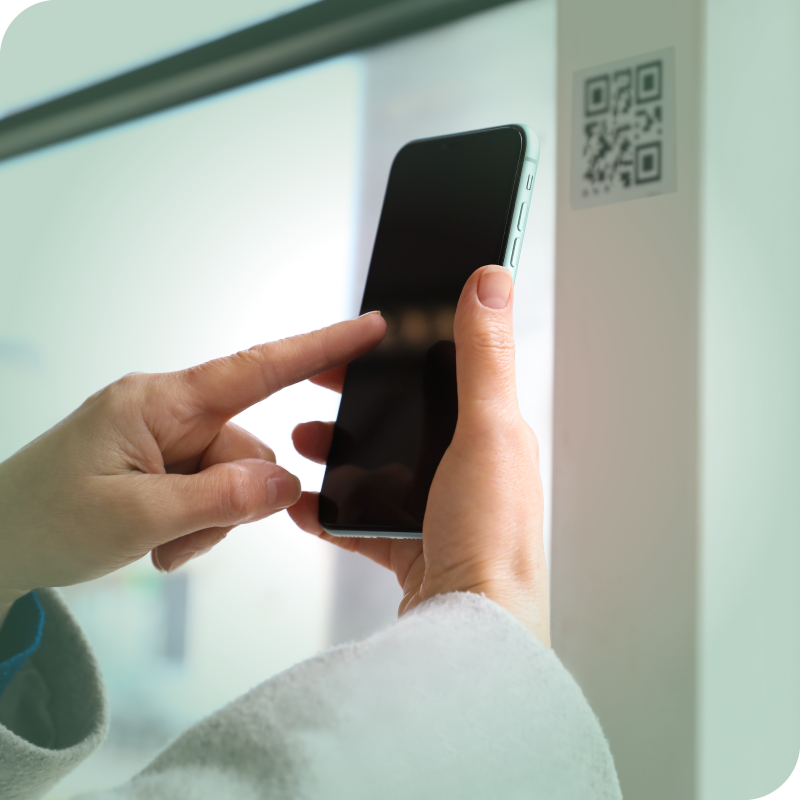
Once you’ve determined what channels you’ll support, you must consider where customers can enter the conversations. Some of the most common entry points are via a live chat icon or the “contact us” page of the website.
But don’t be afraid to think outside of the box. For example, consider ways you can invite customers who aren’t currently online to converse with you. For example, an ad in a magazine for makeup might include a QR code the reader can scan to launch a conversation with the brand. The customer can get personalized recommendations based on their needs and ultimately, make a purchase.
The Right Tools for Managing Customer Conversations
According to Salesforce, 83% of consumers expect immediate engagement when they contact a company. That’s a pretty tall order – especially when you’re managing conversations across multiple c-commerce channels.
The best approach is to manage all c-commerce channels on Salesforce – right alongside your other support channels. With Messaging Studio from 1440, you can communicate with customers via their favorite messaging channels – all within Salesforce.
With the right conversational commerce tools, you’ll save time; there’s no need to log into multiple dashboards to manage conversations. And, you’ll be equipped to provide speedy responses to engage and delight customers – and move them more quickly through the funnel.
Start Growing Sales Through C-Commerce
Conversations have always been an important tool for driving sales. Today, a growing number of those conversations are taking place online. In fact, c-commerce is poised to be the next big thing.
Ready to see how Messaging Studio from 1440 can help you manage your customers’ favorite messaging channels and drive sales – right within Salesforce? Contact us to learn more.